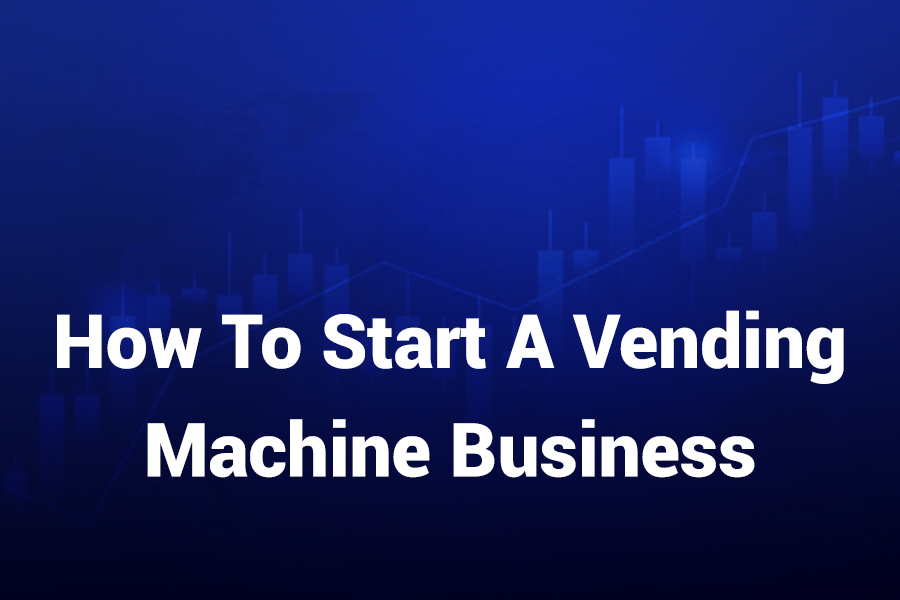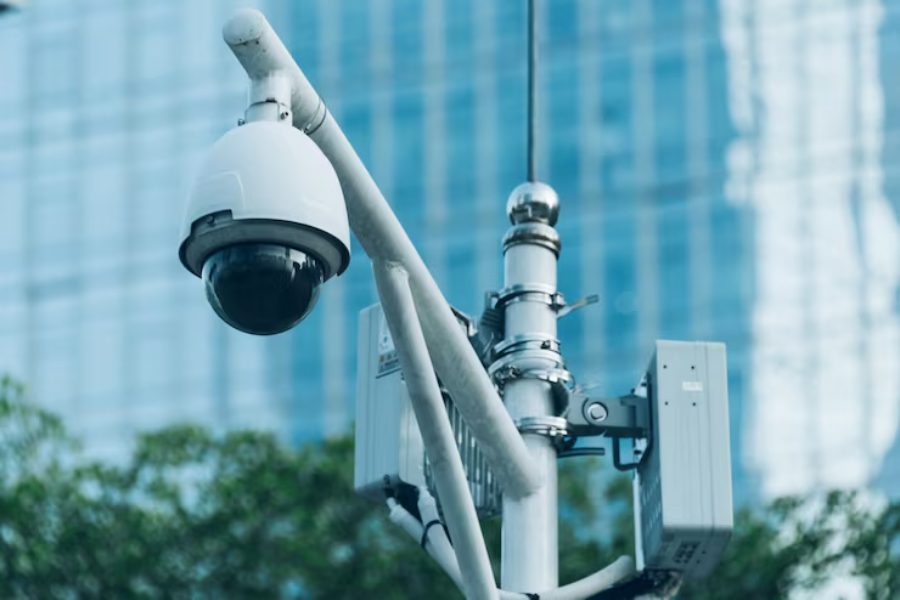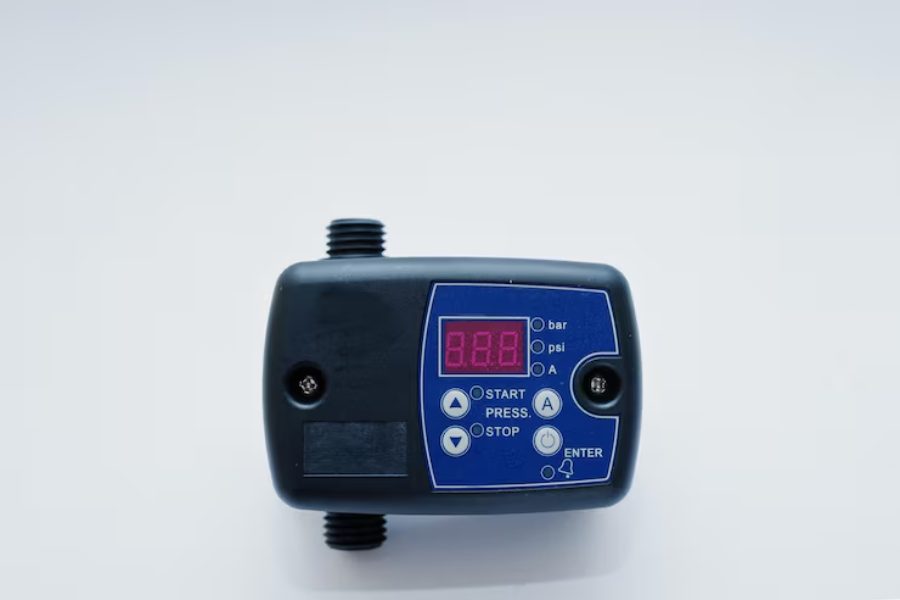- Home
- Our Services
- PedroVazPaulo Coaching
- PedroVazPaulo Executive Coaching
- PedroVazPaulo Marketing Consulting
- PedroVazPaulo Entrepreneur
- PedroVazPaulo Real Estate Investment
- Pedro Paulo Business Consultant
- PedroVazPaulo Wealth Investment
- PedroVazPaulo Business Consultant
- PedroVazPaulo Operations Consulting
- PedroVazPaulo Strategy Consulting
- Blog
- About
- Contact

Starting a vending machine business offers a compelling opportunity for entrepreneurs looking for relatively low-overhead, semi-passive income streams. With the right planning, market research and operational discipline, you can build a venture that generates solid revenue without the complexities of a full retail storefront.
In this article you will learn how to assess the market, select the right machines and locations, handle legal and financial setup, stock and maintain your units, and scale your business over time.
Why Choose a Vending Machine Business
Operating vending machines can be a smart entrepreneurial choice. First, you don’t need large retail space or a staff of employees—once machines are placed, much of the operation becomes routine. Second, with growing demand for convenient purchasing and contactless payments, vending remains relevant and evolving.
One industry source noted the U.S. vending-machine market reached around $8.6 billion in 2023 and is showing signs of recovery.
However, success depends heavily on location, product mix, and machine condition. A well-placed machine in a busy venue can produce several hundred dollars per month; one in a suboptimal spot may barely cover costs. Understanding the nuance matters.
Conduct Market Research and Define Your Niche
Before purchasing any equipment, you should spend time researching:
- What types of products perform best in your area (snacks, beverages, healthy items, non-food items, specialty).
- What kind of foot traffic your target venues see (office buildings, factories, gyms, hospitals, schools, apartment complexes).
- What competitors are already present and what gaps you can fill.
For example, while snacks and drinks dominate the industry (beverages accounting for a significant portion of sales), non-food vending (chargers, personal-care items, laundry supplies) can provide high margins if executed properly.
Deciding your niche means determining: Will you focus on drink/snack combos, healthy vending, bulk machines, or specialty items? Each path has trade-offs.
Choose Your Business Structure and Register
To operate legally in the U.S., you’ll need to register your business entity and satisfy local regulations. Many vending entrepreneurs form a Limited Liability Company (LLC) to protect personal assets and establish a clear business bank account. You’ll also need an Employer Identification Number (EIN) for taxes.
Don’t forget to research state- and local-level requirements: health permits (especially for food items), sales tax registration, vending machine registration, and ADA compliance standards for public machines. Failing to meet these can result in fines and machine removals.
Set Your Budget and Financing Strategy
The cost to launch a vending machine business can vary widely. On the low end, you might acquire a refurbished machine for a few hundred dollars; on the higher end a new, high-tech machine could cost several thousand dollars. For example, some reports suggest used machines can start around $1,200-$3,000, new machines $3,000-$10,000 or more.
Beyond the machine itself, you’ll need a budget for: inventory stock, machine transportation/installation, location commissions, insurance, maintenance, and working capital for initial months. If needed, consider equipment financing or small-business loans. Starting modestly—with one or two machines—is often wiser to test the model.
Select the Right Machines and Technology
When choosing machines, keep these factors in mind:
- Product compatibility: snack versus drink versus specialty.
- Payment options: cash, bills, credit cards, mobile pay. Machines with cashless options tend to perform better in certain venues.
- Remote monitoring: machines that alert you when inventory is low can reduce downtime and theft.
- Machine condition: used machines may reduce cost but could incur more servicing.
- Size and placement: measure space at location—some venues require narrower units or combo snack/drink formats.
A good decision here directly impacts machine uptime, maintenance cost, and revenue.
Secure Prime Location Contracts
Placement is the lifeblood of your vending business. Even the best machine underperforms if placed poorly. Here’s how to act:
- Target locations with strong, consistent foot traffic: factories with big shift changes, universities, hospitals, apartment complexes, fitness centers, commuter transit hubs.
- Approach property owners or managers with a professional pitch: explain your machine will generate value for the location, provide electricity, and minimize burden.
- Negotiate a contract: define the placement, term length, exclusivity (so competitors won’t intrude), rent or commission to the property owner (commonly 5 %–25 % of gross sales).
- Ensure power and accessibility: your machine likely needs 110 V outlet, good lighting, and easy access by users.
- Test visibility: a machine tucked in a corner will sell less; a machine in a main corridor will sell more.
Focus your efforts first on securing a strong location before acquiring multiple machines.
Stocking, Pricing and Inventory Strategy
Once your machine is installed, the right product mix and pricing strategy are critical.
- Start with an assortment of popular items, but monitor what sells and rotate items as needed.
- Evaluate local preferences: for instance, in a gym you might stock protein bars and sports drinks; in a dormitory you might stock tech accessories or quick meals.
- Price reasonably: your pricing must cover inventory cost, machine overhead, location commission and still leave margin. Some machines generate $75 per week on average, though well-placed units can earn far more.
- Track loss through expired products, theft or obsolescence—especially for perishable items.
- Stay flexible: market trends change (e.g., rise of healthy snacks, flavored waters, specialty beverages), so adapt accordingly.
Routine Maintenance and Customer Service
Your machines run 24/7 so you must maintain reliability to avoid revenue loss.
- Establish a schedule: check machines weekly or bi-weekly, clean surfaces, ensure vending coils operate, refill stock, collect cash or reconcile digital payments.
- Monitor view-ability: ensure glass panels clean, product display attractive, lighting working.
- Handle customer issues promptly: machine jams, refunds, warranty items—poor service affects reputation.
- Monitor theft or vandalism: choose secure locations; consider cameras or security features if needed.
- Keep data: record each visit, inventory counts, revenue, service issues. This builds operational insight and helps when expanding.
Track Financials and Optimize Performance
To maximize profits you need strong metrics:
- Revenue per machine per month. Benchmark performance (e.g., $300–$600 typical in many U.S. venues).
- Cost breakdown: inventory cost, machine cost amortization, location commission, utilities, maintenance.
- Product-level margin: which items sell best and yield highest profits.
- Route efficiency: time per restock visit, distance traveled, servicing cost.
- Machine uptime and rejection rate: more downtime means less revenue.
Use these metrics to decide when to add machines, upgrade equipment, relocate poorly performing units, or adjust product mix.
Scaling Your Business and Diversification
Once your first machines operate smoothly and generate reliable profit, it’s time to scale.
- Add machines in similar venues: use your existing relationships to place units in additional rooms or nearby buildings.
- Consider all-season or specialty vending: fresh food, coffee kiosks, tech accessory vending or even CBD items (where legal).
- Buy vending routes: you may find existing operators selling their routes with machines and location contracts in place; this is a shortcut but requires due diligence.
- Explore franchise models: some companies offer national support and branding.
- Automate mechanics: invest in vending management software to monitor machines remotely, reducing trips and improving uptime.
- Reinforce branding: you may wrap your machines with your business name and logo to build recognition.
Scaling should be methodical: adding machines too fast can strain inventory, servicing or cash flow.
Potential Challenges and How to Address Them
Running a vending machine business isn’t risk-free. Be aware of common issues:
- Saturated or low-traffic locations: leads to poor revenue. Solution: research foot traffic before committing.
- Vandalism or theft: machines may be targets. Solution: select secure locations, use sturdy equipment, track losses.
- Inventory spoilage: especially for perishable items. Solution: track sell-through and rotate stock frequently.
- Machine downtime or technological failures: breaks reduce revenue. Solution: buy reliable machines, maintain service logs.
- Changing consumer behavior: e.g., decline in soda sales or rise of mobile payments. Solution: keep product mix fresh, invest in cashless payment systems.
Being proactive and responsive keeps your business resilient.
Legal Compliance and Insurance
Don’t ignore legal safeguards. At minimum:
- Obtain a general liability insurance policy to protect your business in case of injury or malfunction.
- Verify accessibility requirements under the Americans with Disabilities Act (ADA) for machines in public places.
- Register machines and business licenses as required by state and local jurisdictions.
- Comply with health department regulations if vending prepared or perishable foods.
Good compliance avoids costly fines or forced removal of machines.
Tips from 30 Years of Industry Experience
From years of observing vending business growth and contraction patterns in the U.S., I’ve distilled a few consistently effective tips:
- Always secure the location before buying the machine. A good spot trumps a top-of-the-line machine.
- Start modestly with one or two machines, prove profitability, then expand.
- Keep disciplined data: record revenue, stock levels, shrinkage and service calls. Without data you’re flying blind.
- Invest in card-reader capability: consumer expectation for cashless payments is higher now than ever.
- Customer service counts: if a machine becomes unreliable, the property manager may ask you to remove it—so uptime matters.
- When adding new machines, keep vertical integration in mind: add machines in geographically close venues to simplify restocking and maintenance logistics.
- Always expect change: product trends shift, payment preferences evolve, and consumer habits change fast. Stay flexible.
Conclusion
Launching a vending machine business in the U.S. can be a rewarding, scalable entrepreneurial venture if you execute the steps thoughtfully. From rigorous market research and smart location selection to diligent maintenance and disciplined growth, success comes down to planning and execution.
Remember: location is king, product mix matters, and operational excellence drives profitability. With one machine performing well, you’ve established proof of concept—and scaling becomes a matter of repetition and refinement. Stay data-driven, service-focused and keep your vision aligned with consumer trends. Your vending machine business can become a steady income stream—and with each additional machine, your business potential multiplies.






